The month of April went by with very little rain to speak of, if any at all, so the parks are still looking rather dry. However, hints of green are starting to appear in the more sheltered locations. On the flip-side, the lack of rain has meant glorious sunny days, perfect for pedaling along the High Country Rail Trail, and spots such as beside the Kiewa River have been ideal for that picnic and lazy afternoon. It’s also been lovely weather to get out and enjoy some walks.
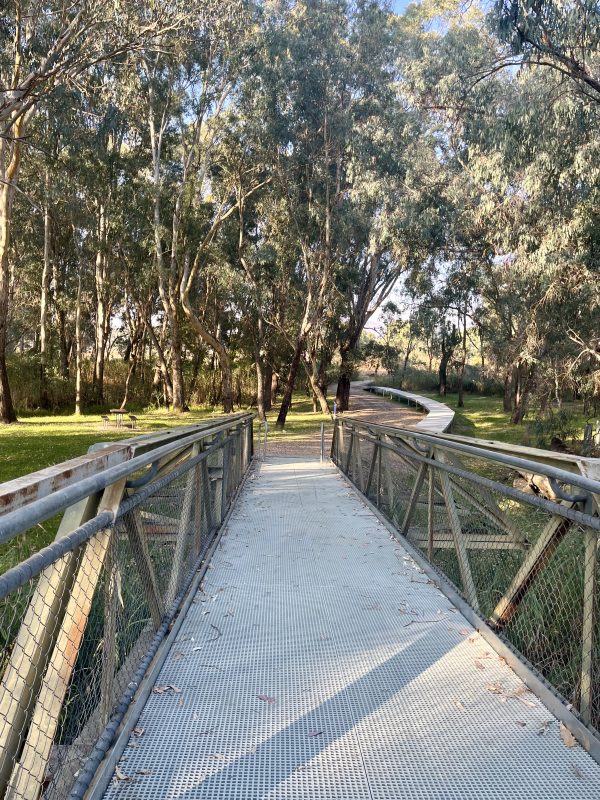
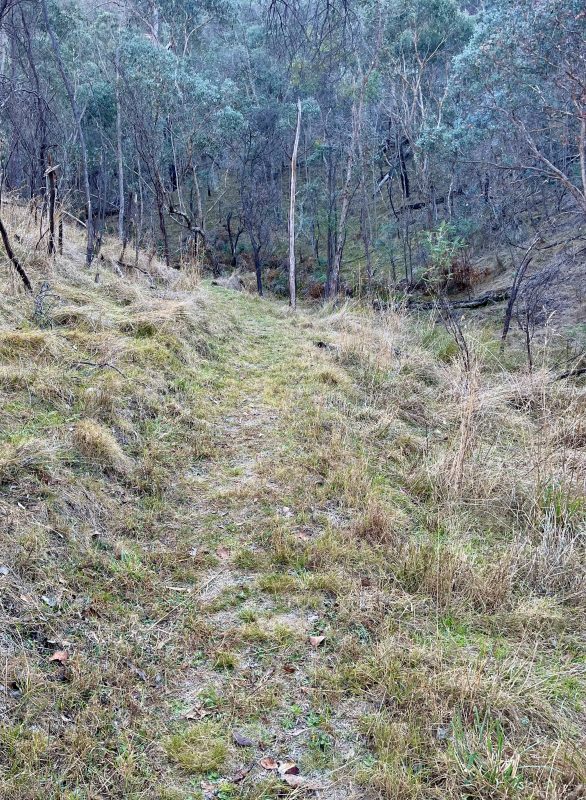
On days when the smoke haze hasn’t obscured everything, walks up some of our hills, such as McFarlanes Hill (now with easier and roomier access for vehicles along Ingrams Rd), have provided wonderful views over Wodonga.
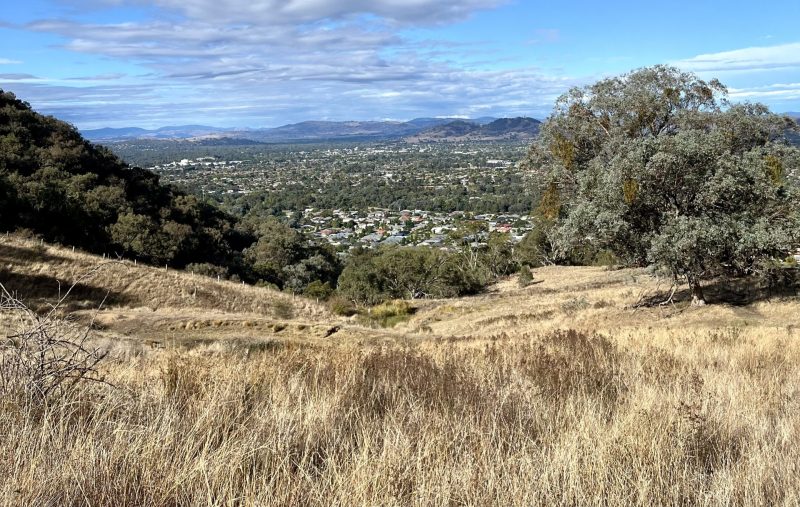
Some smaller details that were noticed this month included this ‘bardi grub’ case, which is in fact, the chrysalis of a species of rain moth (Abantiades spp.). The female moths release eggs as they fly and the larvae burrow under the soil and position themselves facing upwards to await rain before emerging. The adults are one of Australia’s largest moths, with a wingspan of around 16 cm but are also one of the shortest lived. Having no mouthparts means they can’t feed and only live long enough to mate and lay eggs, dying after around 24 hours or so. Hence it is important for these moths to emerge together, so you often see them all at one time and then they’re gone.
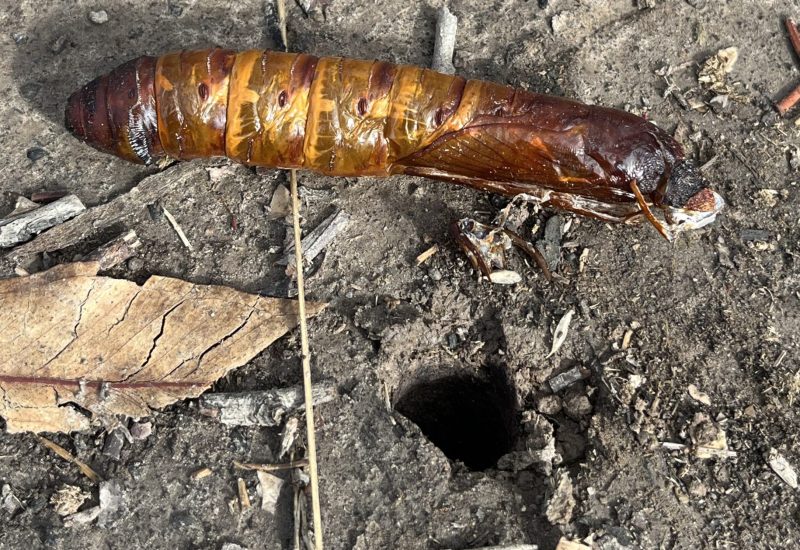
A caterpillar of a species of tussock moth was seen making its way rather speedily along the ground near the Kiewa River. Tussock moths are so-called because of the four dense tufts of hair along their backs. They are also covered in other hairs that can cause irritation, so are best viewed at a distance!
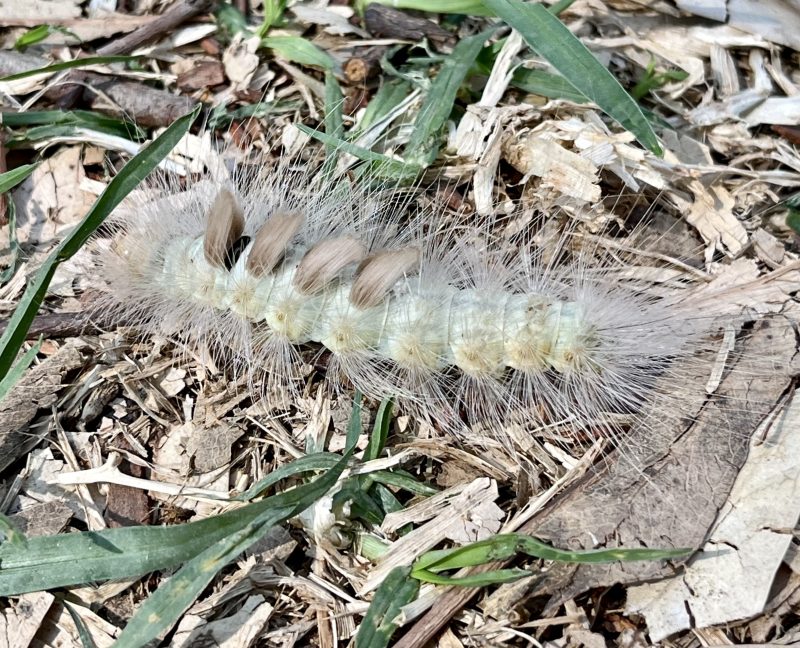
The fungi season hasn’t kicked off entirely yet, but even without the rain, there is still the odd fungus here and there to be spotted. These colourful turkey-tail or rainbow fungi (Trametes versicolor), are a kind of bracket fungus that grows on wood and is saprotrophic, meaning it breaks down organic material and releases it, effectively recycling nutrients.
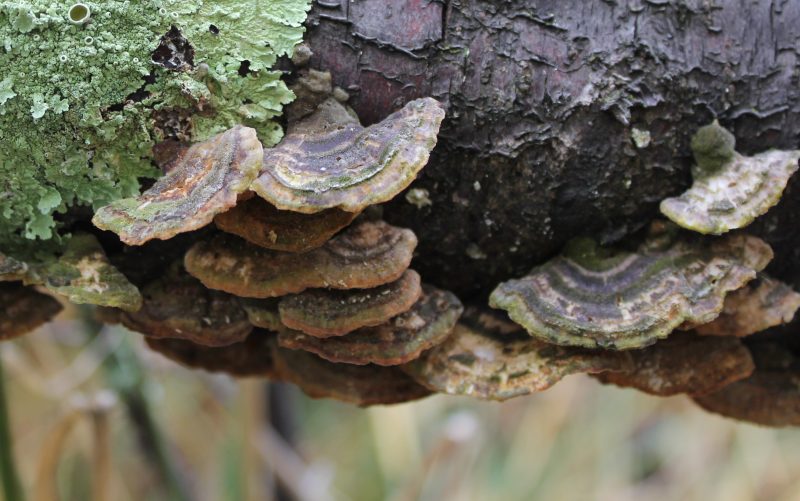
A most interesting observation this month was a decent-sized swamp wallaby chowing down on a type of bolete fungus along the Kiewa River walking track. You can see part of the fungus it was eating in the first photo to the bottom right. After waiting for the wallaby to have its fill, a close-up was taken of its meal – the cap on this fungus was around 15 cm across.
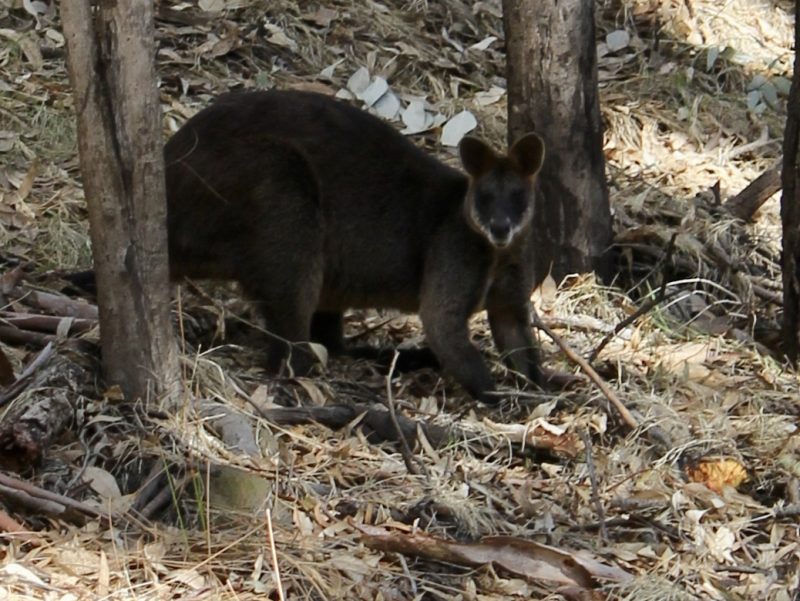
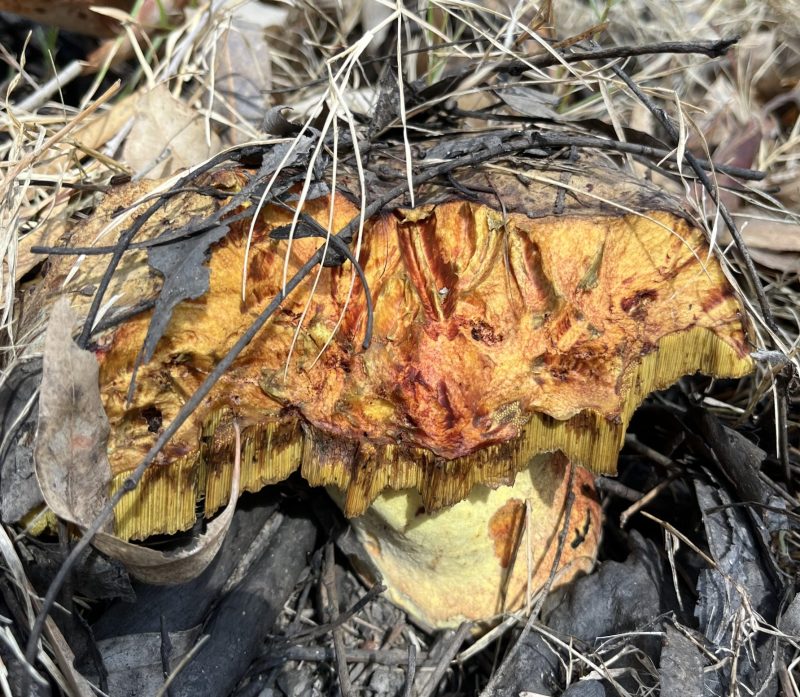
Something else that a lot of people have probably come across but may not know what it is are these greenish, oval-shaped things stuck to grasses or small plants. It is called an ootheca and is the egg case of several species of insects including cockroaches and most notably praying mantids. The female lays her eggs and then produces a foamy substance which hardens into the ootheca, protecting the developing young from predators and weather.
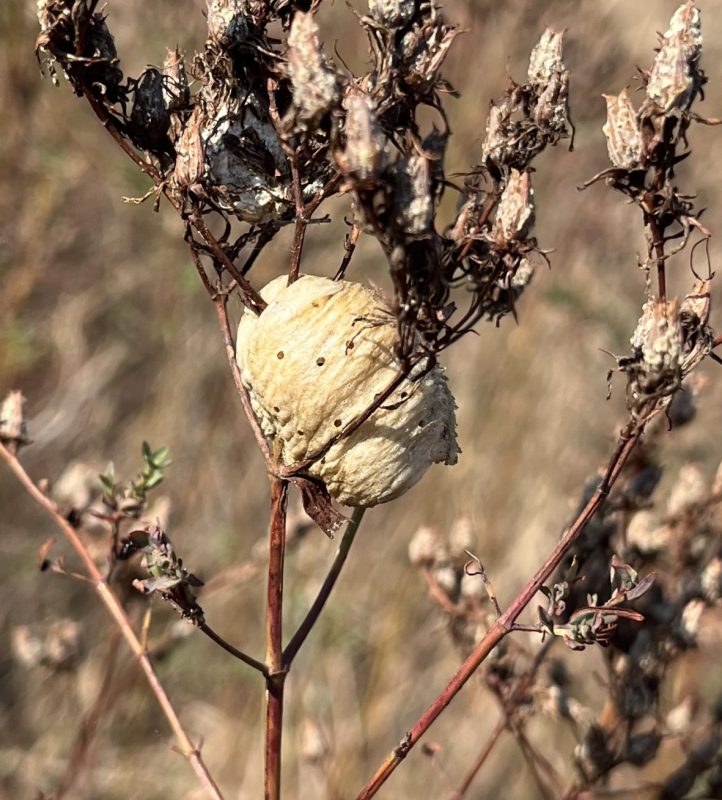
See you next month for more finds around the parks!






